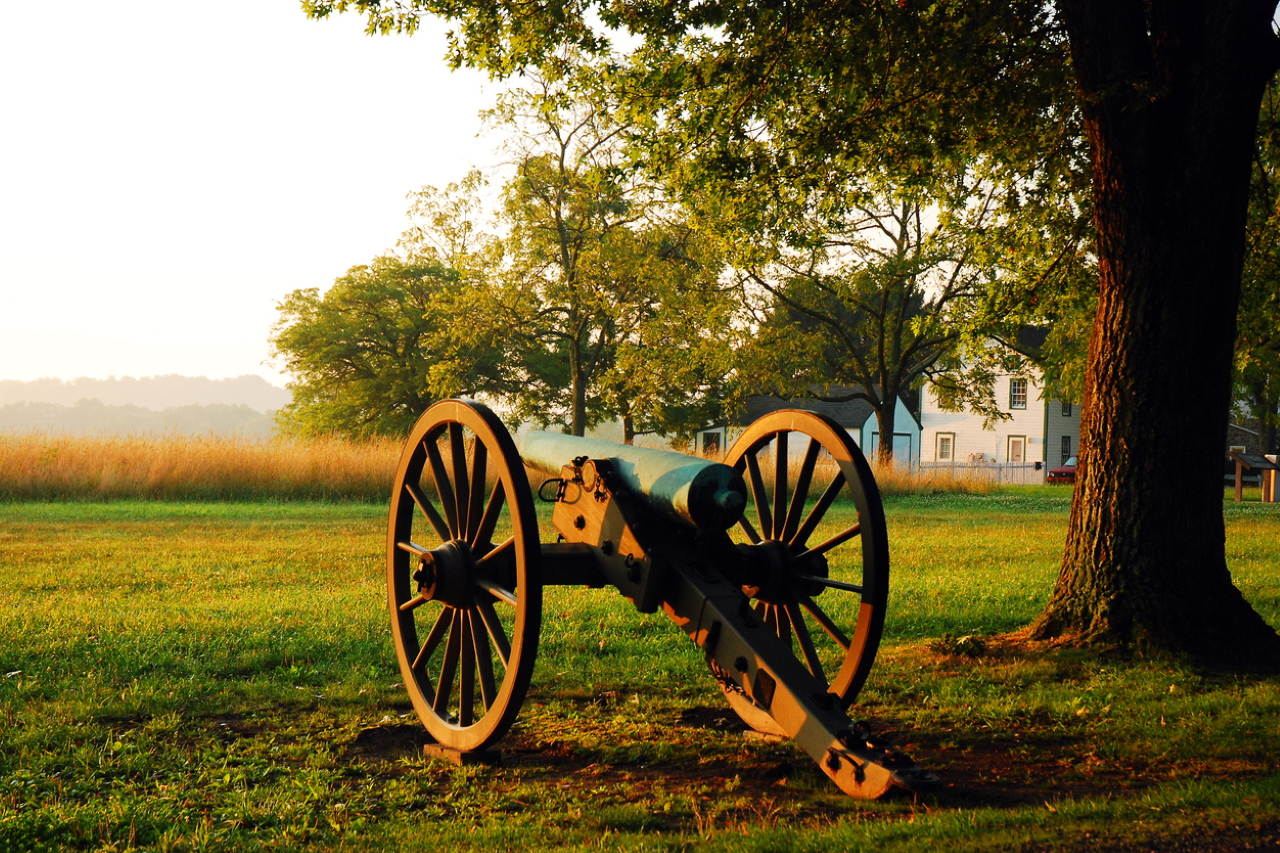
One of the questions I’m most often asked, as a writer of historical fiction is, “How do you do the research?” I was recently reading an interview with a non-fiction history writer who said he spends about three years on the research per book! Thankfully, the burden of research is not nearly as intense for fiction writers—his years are more like months for my work. As I like to tell people, us historical fiction writers are saved by the “F” word—no, not THAT “F” word—“F” as in Fiction! Our work doesn’t have to be exact and the perfect truth, it just has to be plausible and believable, and not violate the “rules” of reality in the time and location where the story takes place.
That being said, I thoroughly enjoy including as much actual historical fact in my novels as possible—real people (especially little-known individuals), places, and events—and then weave my fictional characters and plots in with those historical facts and settings. Here are some useful tips for successfully creating that seemingly complex tapestry:
4 Tips for Writing Historical Fiction
- When you need minor characters for a scene, why not use real people?
For example, rather than say “General McClellan’s chief executive officer, Colonel John Doe” take the extra time to research who that person actually was. In this case, you would’ve discovered he was Colonel Randolph Marcy, who was General McClellan’s father-in-law! Hmm … now you have unearthed an interesting tidbit that gives the story more “flavor” and a potential relationship to further exploit.
- Speaking of names, how do I pick fictional ones that are correct for the time period?
My favorite trick here is to make use of the U.S. Census data, Social Security data, etc. It may take a little digging for the particular decade you’re interested in, but you should be able to find a list of the most common first names (by sex), and surnames.
- When there are specific historical events in your story, how do you make sure your characters are in the right place at the right time?
You can’t very well change the date of the Battle of Gettysburg, for example, nor can you have your characters in Texas one day, and in that battle the next. (There were no commercial airlines back then!) The method I use for this type of travel scenario is to build a spreadsheet where each row represents a day of travel, with the first row being the starting point and the last row the place and date where your character needs to be. Then use an online mapping application (Google Maps, etc.) to determine a reasonable course and the miles that will take.
If you want to be more precise you can compare this to period accurate maps you find online to determine where roads, railroads, etc. actually ran at that time, and adjust your Google route accordingly. Then determine the method of travel (walking, horseback, train, steamboat, etc.), average speed of each method of travel, and hours in the day travel is possible. You can use a sunrise/sunset calculator app to determine the number of daylight hours available in a given location at a given time of year. Be sure to allow for required stops—eating, sleeping, etc. based on the mode of transportation.
Again, remember you don’t have to be perfect here, just plausible—nobody can know exactly how long it would’ve taken, but a lot of people will notice if it’s not a realistic, reasonable timeframe (either too short or too long.)
- How do you resolve contradictory research information?
It is extremely common to start researching a topic and discover there are multiple, conflicting accounts of the same event, including the dates, times, who was there, and many other details. This can be very frustrating if you are “trying to get it right” as we always like to do. But keep in mind, just because two versions of an event are different—even eye-witness accounts—doesn’t mean one or the other is necessarily wrong.
A general will have an entirely different view of a battle from the private down in the trenches. Keep in mind also, the motivation of the witness. A general may be wanting to make himself look good in a report back to his superiors (or the press), and a private may want to make his involvement sound more interesting, glorious, or heroic. The good news, again, is unlike the non-fiction historian, we don’t have to find the absolute truth.
In the case of conflicting information that can’t be resolved, I take one of two courses—either choose the most plausible or choose the most interesting. Either one works in fiction!
Final Thoughts
Though the task of doing the research may seem daunting at first—a mundane, time-consuming task that slows down the flow of your writing—it can actually be a lot of fun, and a rewarding challenge, like solving a difficult puzzle.
Often you’ll stumble upon some fascinating, obscure event—getting tiny hints and whiffs of something interesting—and have to go digging for clues like Nicholas Cage in the movie National Treasure. When you finally find that little gold nugget at the end of your search it makes all the work worthwhile!
And I am convinced one of the greatest benefits of writing historical fiction is that it’s a natural cure for writer’s block. Each time I’ve wondered what the main plot should be in the next book of my series, I just dive into the historical research, starting with the basic question, “What happened in this specific time period in the area where my main characters are located?”, and end up discovering fascinating historical events into which you can inject your fictional characters. As they say, “truth is stranger than fiction”, and “you just can’t make this stuff up!”









[…] How to Weave Historical Facts into Fiction – New Shelves Books […]
Your article, “How to Weave Historical Facts into Fiction,” offers invaluable guidance for authors striving to blend authenticity with creative storytelling. The practical tips, such as incorporating real historical figures as minor characters and utilizing census data for period-appropriate names, are particularly insightful. Your emphasis on plausibility over perfection provides a reassuring perspective for writers navigating historical narratives. This resource is a testament to your commitment to supporting the writing community.
This is such a practical and encouraging guide — thank you for sharing! I love how you emphasize that historical fiction doesn’t have to be perfectly accurate; it just needs to be plausible and believable in the world you’re creating. Your advice to use real minor characters is fantastic — digging into historical figures like Colonel Randolph Marcy instead of creating a generic “John Doe” adds richness and authenticity to a scene. I also appreciate your tip about using period-appropriate names: looking at census data or social security records for popular first and last names really helps ground characters in their time.